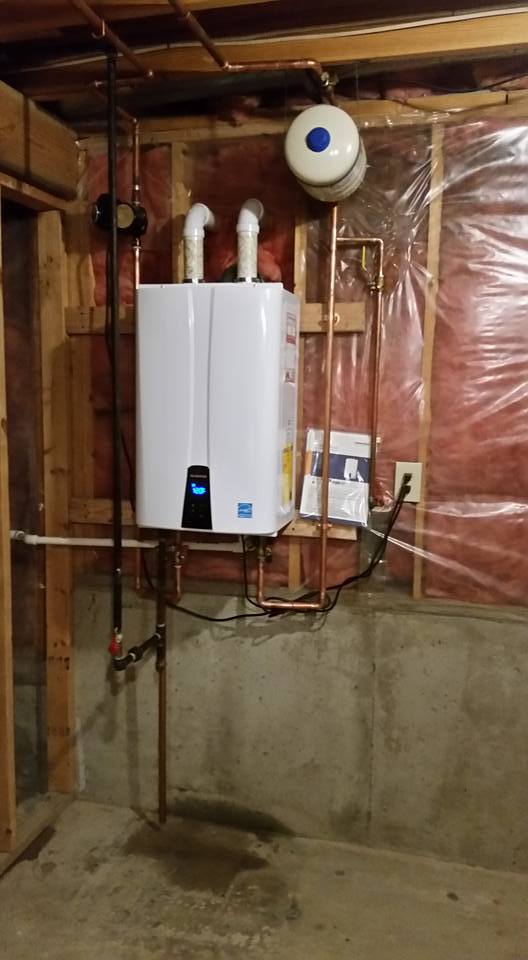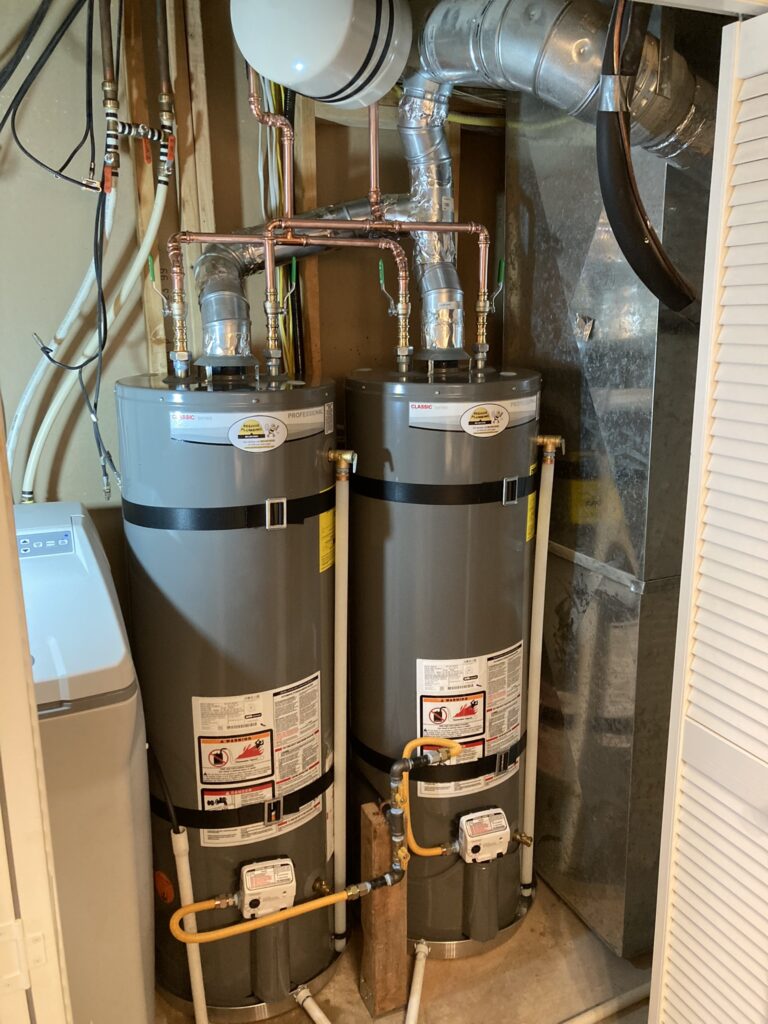Looking for water heater installation in Brea? Get fast and reliable results
Looking for water heater installation in Brea? Get fast and reliable results
Blog Article
DIY Water Heating System Setup: Important Steps for Success
When considering a Do it yourself water heater setup, it is essential to approach the job with a systematic state of mind, as the procedure involves a number of important actions that can considerably affect both security and effectiveness. Picking the proper water heater for your details requirements is simply the start; preparing the installment location and recognizing the required tools and products are similarly crucial.
Selecting the Right Hot Water Heater
When choosing a hot water heater, it is important to consider a number of crucial variables to ensure ideal performance and effectiveness - water heater installation. Evaluate the kind of water heating unit that best fits your demands. Alternatives consist of tankless, storage space tank, and heatpump water heaters, each offering unique advantages in regards to energy effectiveness and area demands
A larger family members may need an unit with a better gallon ability or a tankless system that can provide continuous warm water. Each energy type has effects for installation expenses and long-lasting power expenditures.
Power efficiency is an additional essential variable. By very carefully examining these variables, you can choose a water heater that straightens with your home's certain demands, ensuring convenience and performance for years to come.
Devices and Materials Needed
Successfully setting up a hot water heater calls for not just the ideal selection of system but also the suitable devices and materials. Prior to starting your do it yourself task, guarantee you have a thorough listing of things to help with a smooth installment procedure.
Essential devices consist of a pipeline wrench, adjustable pliers, and a screwdriver set (both flathead and Phillips), which will assist you take care of numerous fittings and links. Additionally, a drill with proper bits is necessary for installing brackets or making any kind of called for holes. For safety and security, a voltage tester is crucial, specifically when taking care of electric water heaters.
You will additionally require a versatile water supply line, which can be either knotted stainless steel or PVC, depending on your choices and local codes. By collecting these products and tools ahead of time, you set the phase for an effective water heating system setup.
Preparing for Setup
Prior to starting the installment of your hot water heater, it is important to evaluate the installation website to guarantee it satisfies all required needs. Beginning by confirming that the area is well-ventilated, especially for gas water heaters, to stop the accumulation of dangerous gases. Look for the accessibility of required links, consisting of supply of water lines and electric outlets, ensuring they remain in great condition and appropriately situated.

Furthermore, evaluate the existing plumbing and electrical systems to establish if repair work or upgrades are required prior to setup. This positive approach not only makes sure conformity with regional building regulations but also improves the longevity and efficiency of the hot water heater. Last but not least, gather all needed authorizations, if essential, to avoid legal problems later. Appropriate preparation sets the stage for a smooth installation procedure and aids protect against unanticipated problems.
Step-by-Step Installment Process
With the preparation complete and all needed analyses performed, the next phase entails the step-by-step installation of your water heating unit. Begin by making sure that the new system is positioned correctly, straightening it with the existing pipes and electrical connections. For tank-type hot water heater, connect the chilly water supply line to the inlet, generally noted in blue, and the hot water line to the electrical outlet, generally designated in red. Use Teflon tape on threaded joints to avoid leakages (water heater installation Yorba Linda).
Next, protect the temperature and pressure alleviation shutoff, which is vital for safety. Affix the discharge pipe to this shutoff, routing it in the direction of the floor or an appropriate drainage area. For electric designs, connect the power supply by stripping the wires and securing them to the heating system's terminals according to the maker's instructions.
If you are mounting a gas hot water heater, ensure the gas line is linked effectively and check for leaks utilizing a soap remedy. After all connections are made, fill up the tank with water prior to switching on the power or gas supply. Enable the water heating unit to reach the preferred temperature and check for any leakages around all connections.
Ensuring Safety And Security and Efficiency
Consistently making certain safety and security and performance during the setup and procedure of your hot water heater is published here critical for optimal efficiency and longevity. Begin by choosing an appropriate place that abides with regional building codes and gives sufficient air flow. Make certain that the location is devoid of flammable materials and has sufficient This Site room for maintenance and evaluations.

After installment, conduct routine examine the device to find leakages, rust, or unusual sounds. Set the thermostat to a secure temperature level, commonly around 120 ° F, to avoid hot and boost energy performance. Insulate pipes to decrease warm loss, which contributes to lower energy bills.
Conclusion
To conclude, successful DIY water heating unit setup depends upon careful planning and implementation. Selecting the ideal hot water heater, preparing the setup area, and complying with a systematic setup process are important actions. Complying with security guidelines throughout the installation guarantees both safety and efficiency. In addition, routine upkeep checks post-installation will certainly add to the optimal performance of the hot water heater, ultimately boosting the longevity and performance of the system. Properly establishing the thermostat additionally makes sure safe operation.
When taking into consideration a Do it yourself water heater installation, it is necessary to approach the job with a systematic way of thinking, as the process involves numerous crucial actions that can significantly impact both safety and security and effectiveness.Prior to starting the setup of your water heating unit, it is essential to evaluate the installment website to guarantee it satisfies all needed needs. For tank-type water heaters, connect the chilly water supply line to the inlet, see page usually marked in blue, and the warm water line to the outlet, generally assigned in red.On a regular basis guaranteeing safety and efficiency during the installment and operation of your water heating system is important for optimal efficiency and durability. Picking the suitable water heating system, preparing the setup location, and adhering to a methodical setup procedure are important steps.
Report this page